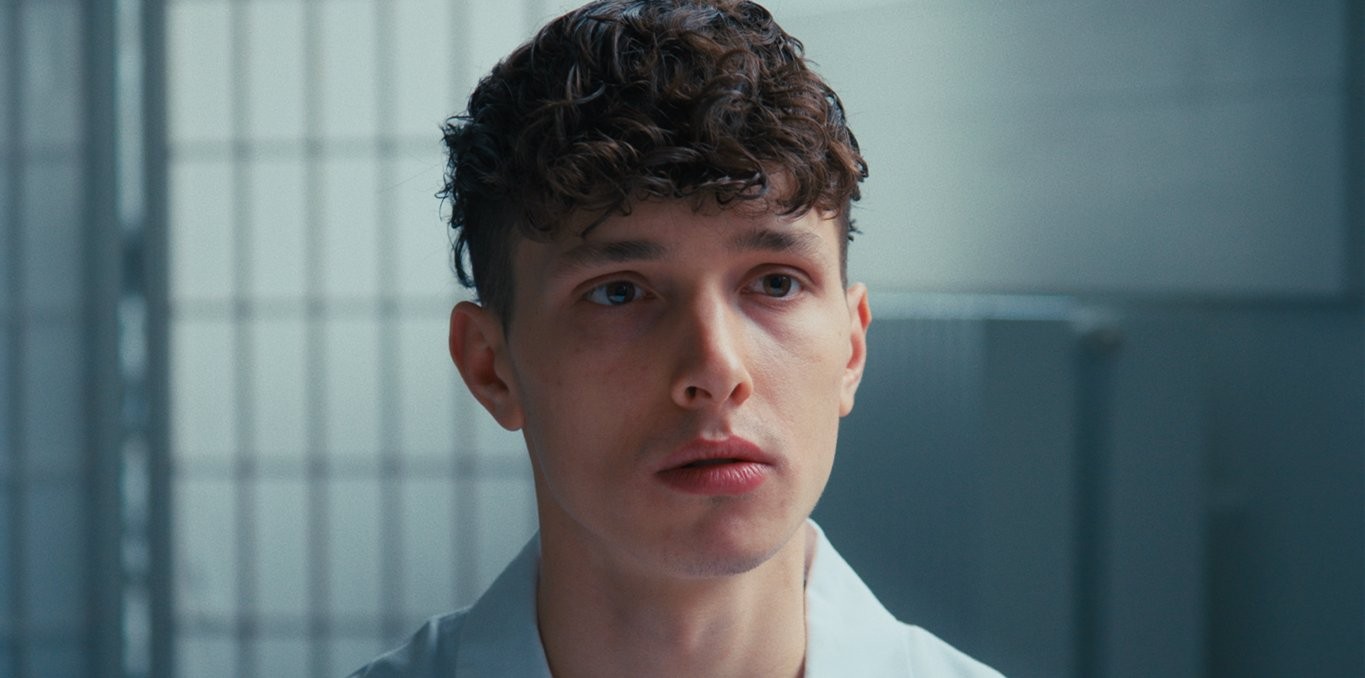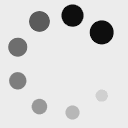Who Cares?

Medical students in their early twenties and experienced care workers take part in medical simulations. Faced with comedians portraying patients, they learn to speak the right words, reflect on their reactions, and build a caring practice. But in an increasingly liberal hospital system, which itself exerts violence on medical staff, is this relational ideal really possible?
| Directors | Alexe Poukine, Alexe Poukine |
| Actors | Itay Sapir, Itay Sapir |
| Share on |
For someone like me, who tries to keep up with contemporary documentary film production closely (thanks in particular to RIDM and Tënk), but who isn’t very familiar with the theoretical discussions about current trends, a question—probably a bit naïve—often arises: nowadays, what are the boundaries that define the documentary genre and distinguish it from fiction? So many films shown in these documentary contexts in recent years mix reality and imagination in an ostentatious way. And even in films where that isn’t the case—for example, at the other extreme, in so-called “fly on the wall” films like those of the famous Frederick Wiseman—I always wonder whether what we see (the gestures, the interactions, the words spoken) has been heavily influenced by the presence of the camera. Despite all the theoretical background I’ve acquired elsewhere, which tells me that any representation is always biased, artificial, inevitably a bit deceptive, I can’t help but feel tricked when I discover that entire scenes of a “documentary” have been reconstructed, reenacted, or heavily re-edited.
The great virtue of Who Cares?, and what made it so interesting for me, is that beyond its explicit subject—namely, the simulated conversations between patients and practitioners in medical training programs in certain European countries—it offers, through a clever mise en abyme, a profound reflection on the intersection between authenticity and performance, reality and fiction, staging and observation.
For much of the film, we see training workshops where doctors or nurses face professional actors playing patients, practicing conversations that are sometimes followed by mock medical exams, ranging from ordinary situations like a routine checkup to more difficult moments such as announcing a near and inevitable death. Afterwards, the group analyzes what took place during the simulation. What’s striking is how closely these little scenes resemble what we see in documentary films showing “real” medical consultations (recently, Claire Simon’s excellent Our Body comes to mind). The actors, of course, play their roles perfectly, while the students exude awkwardness and unease—though it’s never clear whether this comes from the presence of the camera or from the fact of playing doctor, sometimes for the very first time in a professional (yet fictional) context. The dynamic at the heart of any documentary film, between reality presented “as if we were there” and a performance constructed for us, is here reproduced on two different levels, and in some way cancels itself out while also being fully laid bare.
The film’s final scene is somewhat different: we witness a longer workshop where healthcare workers are together among themselves, with no one else present except the facilitator. This time, it’s not only the encounter with patients that is explored, but also the sometimes tense relationships between different professional groups, all against the backdrop of the ongoing crisis affecting nearly every public healthcare system, especially due to staff shortages.
Itay Sapir
Professor of Art History
Université du Québec à Montréal

-

Français
1h39
Language: Français -

English
1h39
Language: English
- Année 2024
- Pays Belgium, France, Switzerland
- Durée 99
- Producteur Wrong Men, Climage, Kidam
- Langue French
- Sous-titres English
- Résumé court In a medical training center, students and experienced healthcare professionals take part in simulations with actors.
- Ordre 2
- TLF_Applismb_CA 1
- Date édito CA 2025-09-05
- Rail-perso-home 1
For someone like me, who tries to keep up with contemporary documentary film production closely (thanks in particular to RIDM and Tënk), but who isn’t very familiar with the theoretical discussions about current trends, a question—probably a bit naïve—often arises: nowadays, what are the boundaries that define the documentary genre and distinguish it from fiction? So many films shown in these documentary contexts in recent years mix reality and imagination in an ostentatious way. And even in films where that isn’t the case—for example, at the other extreme, in so-called “fly on the wall” films like those of the famous Frederick Wiseman—I always wonder whether what we see (the gestures, the interactions, the words spoken) has been heavily influenced by the presence of the camera. Despite all the theoretical background I’ve acquired elsewhere, which tells me that any representation is always biased, artificial, inevitably a bit deceptive, I can’t help but feel tricked when I discover that entire scenes of a “documentary” have been reconstructed, reenacted, or heavily re-edited.
The great virtue of Who Cares?, and what made it so interesting for me, is that beyond its explicit subject—namely, the simulated conversations between patients and practitioners in medical training programs in certain European countries—it offers, through a clever mise en abyme, a profound reflection on the intersection between authenticity and performance, reality and fiction, staging and observation.
For much of the film, we see training workshops where doctors or nurses face professional actors playing patients, practicing conversations that are sometimes followed by mock medical exams, ranging from ordinary situations like a routine checkup to more difficult moments such as announcing a near and inevitable death. Afterwards, the group analyzes what took place during the simulation. What’s striking is how closely these little scenes resemble what we see in documentary films showing “real” medical consultations (recently, Claire Simon’s excellent Our Body comes to mind). The actors, of course, play their roles perfectly, while the students exude awkwardness and unease—though it’s never clear whether this comes from the presence of the camera or from the fact of playing doctor, sometimes for the very first time in a professional (yet fictional) context. The dynamic at the heart of any documentary film, between reality presented “as if we were there” and a performance constructed for us, is here reproduced on two different levels, and in some way cancels itself out while also being fully laid bare.
The film’s final scene is somewhat different: we witness a longer workshop where healthcare workers are together among themselves, with no one else present except the facilitator. This time, it’s not only the encounter with patients that is explored, but also the sometimes tense relationships between different professional groups, all against the backdrop of the ongoing crisis affecting nearly every public healthcare system, especially due to staff shortages.
Itay Sapir
Professor of Art History
Université du Québec à Montréal
-

Français
Duration: 1h39Language: Français1h39 -

English
Duration: 1h39Language: English1h39
- Année 2024
- Pays Belgium, France, Switzerland
- Durée 99
- Producteur Wrong Men, Climage, Kidam
- Langue French
- Sous-titres English
- Résumé court In a medical training center, students and experienced healthcare professionals take part in simulations with actors.
- Ordre 2
- TLF_Applismb_CA 1
- Date édito CA 2025-09-05
- Rail-perso-home 1
